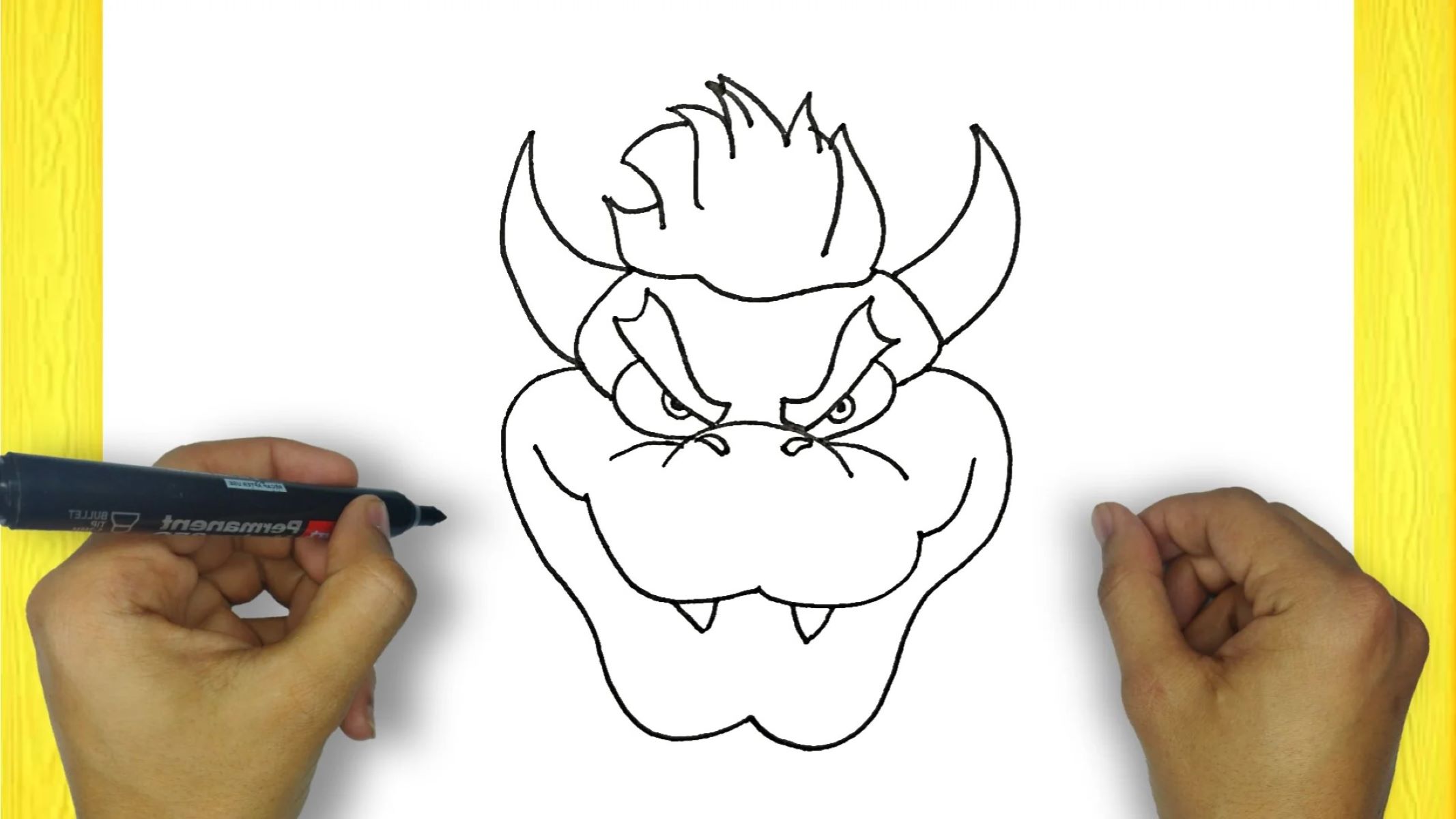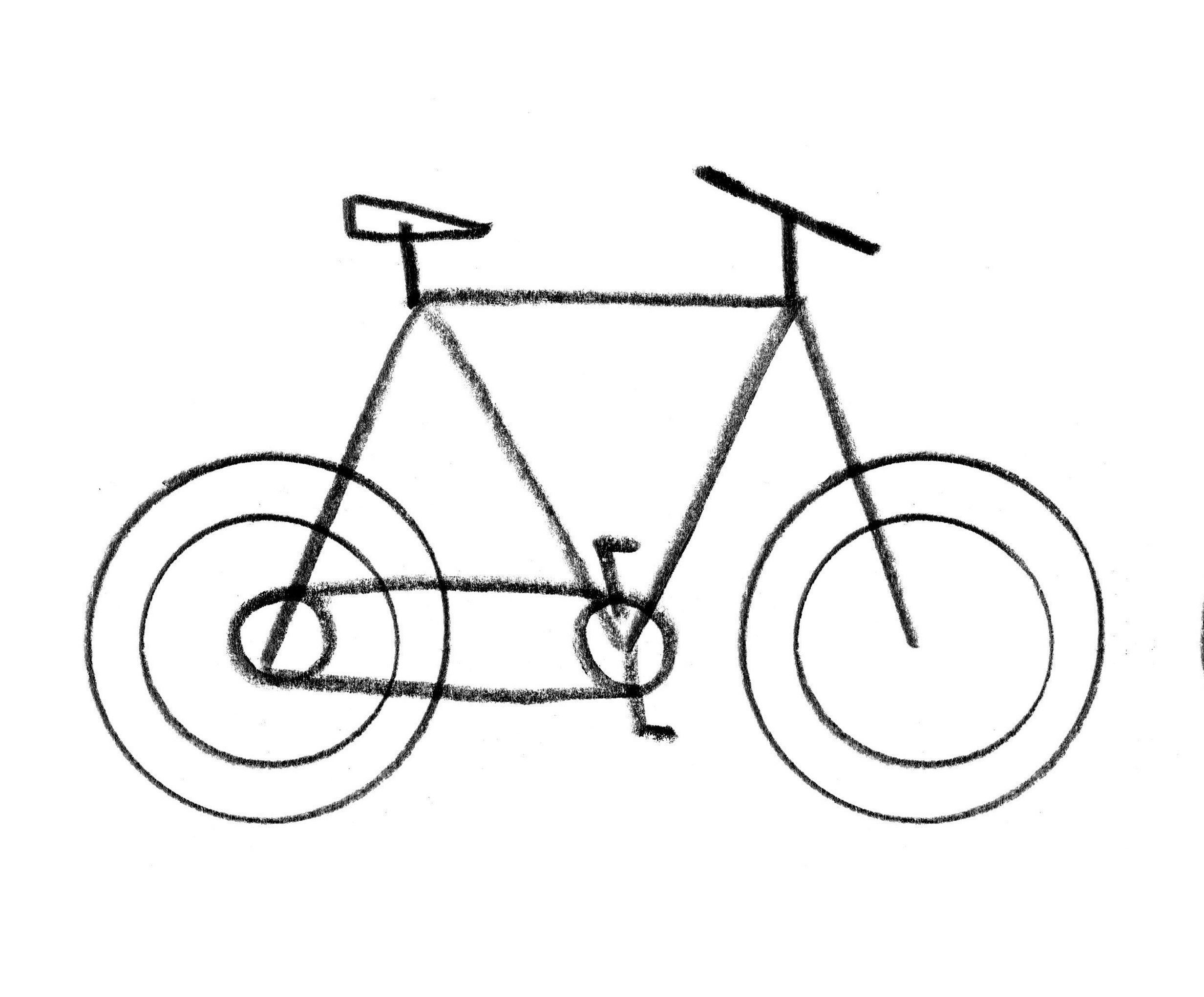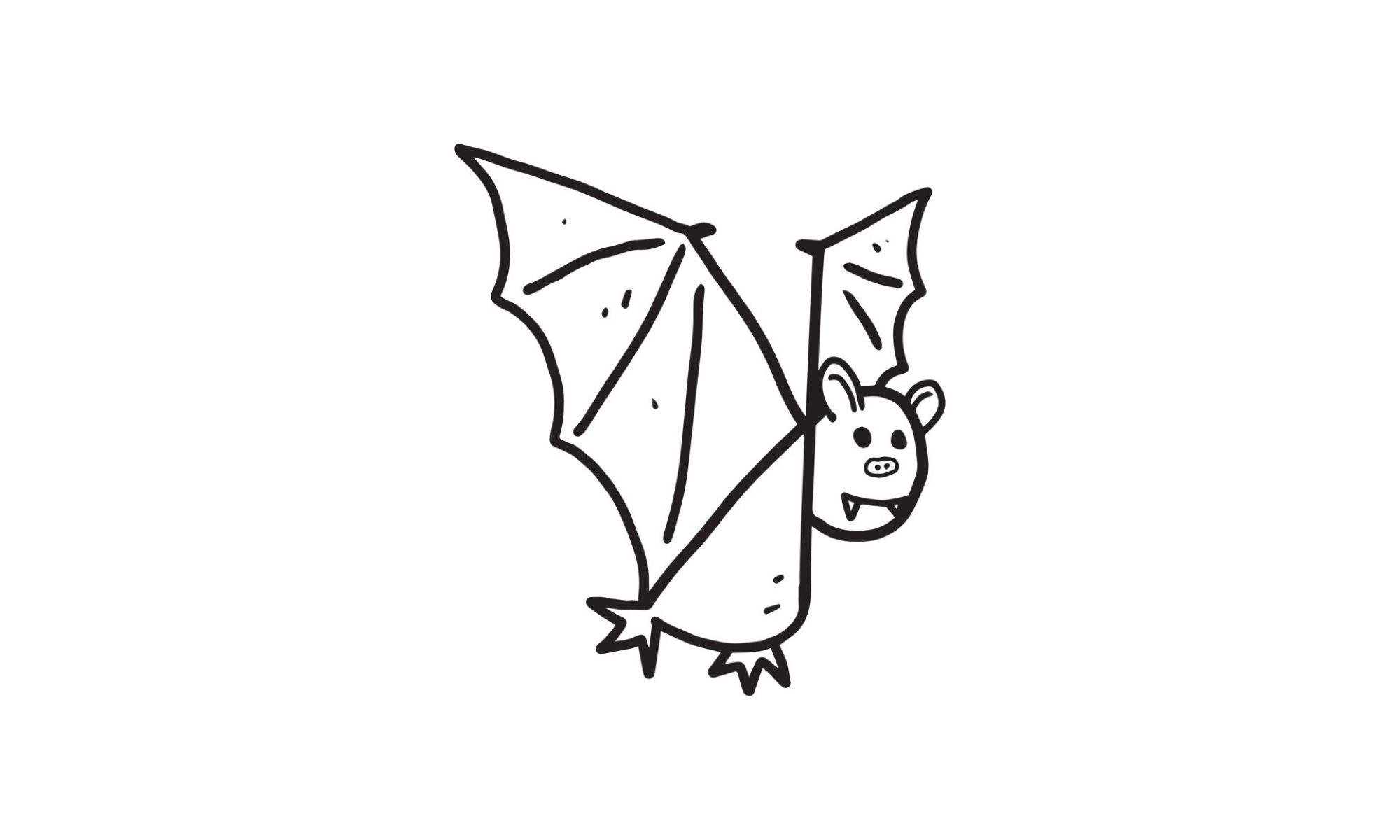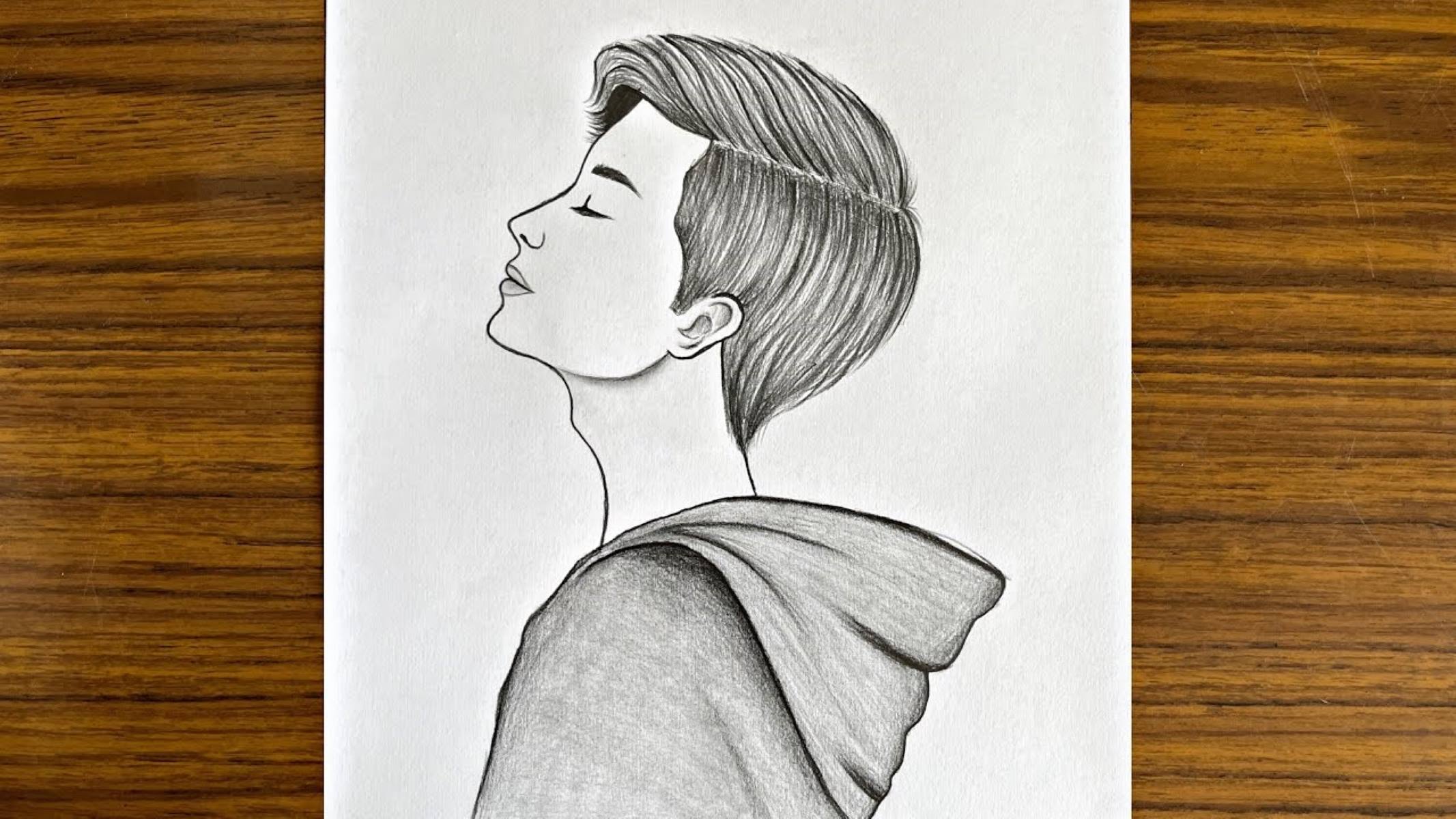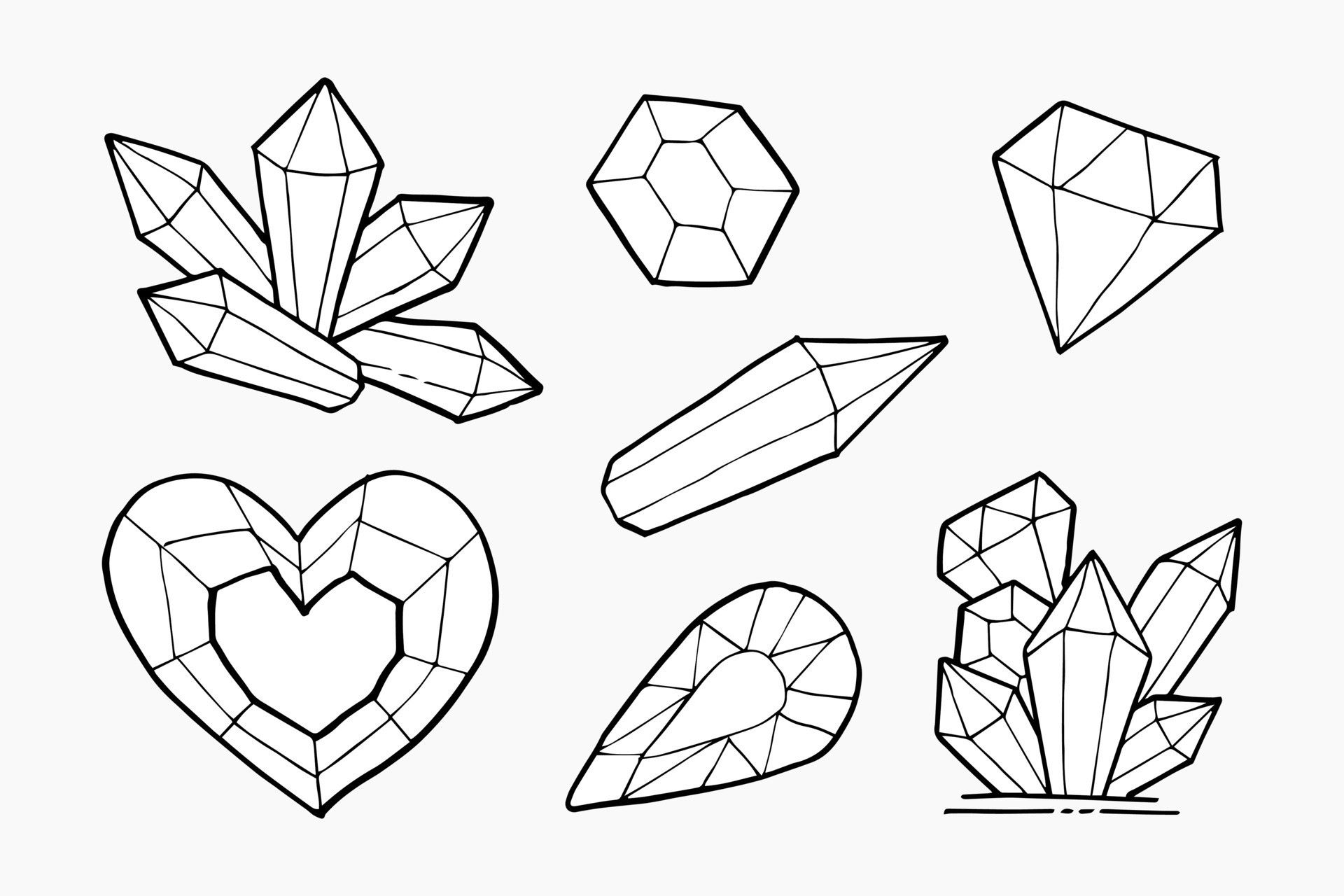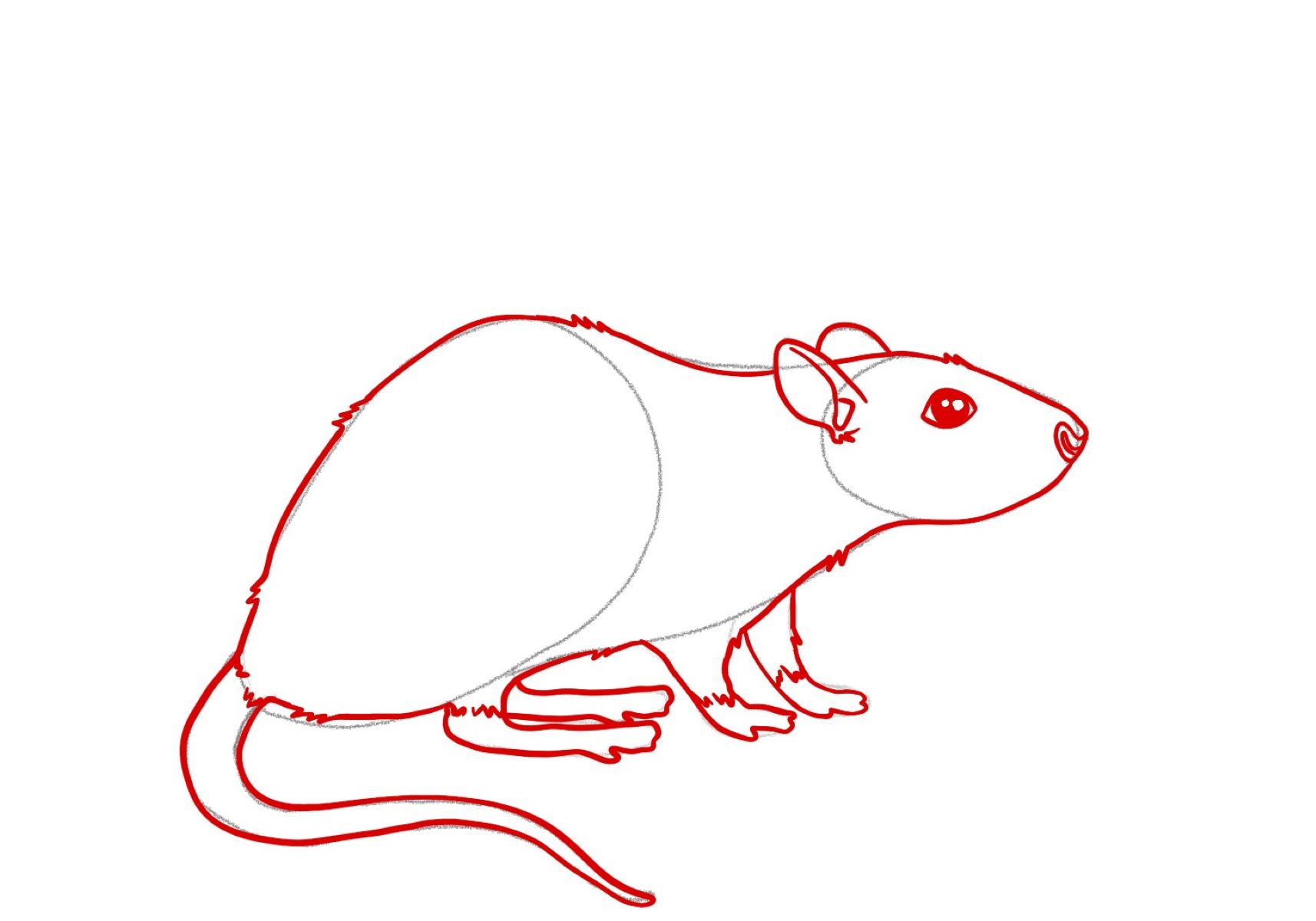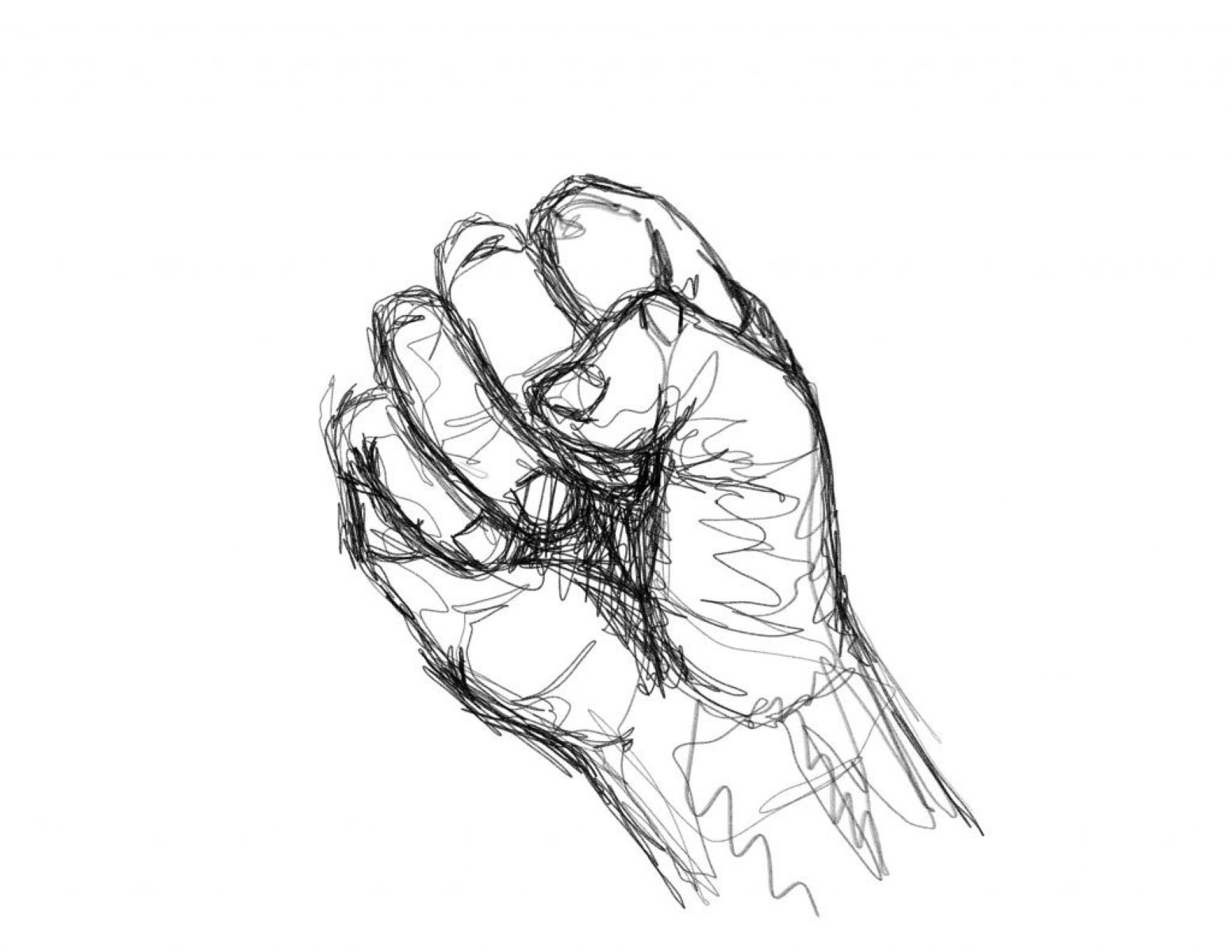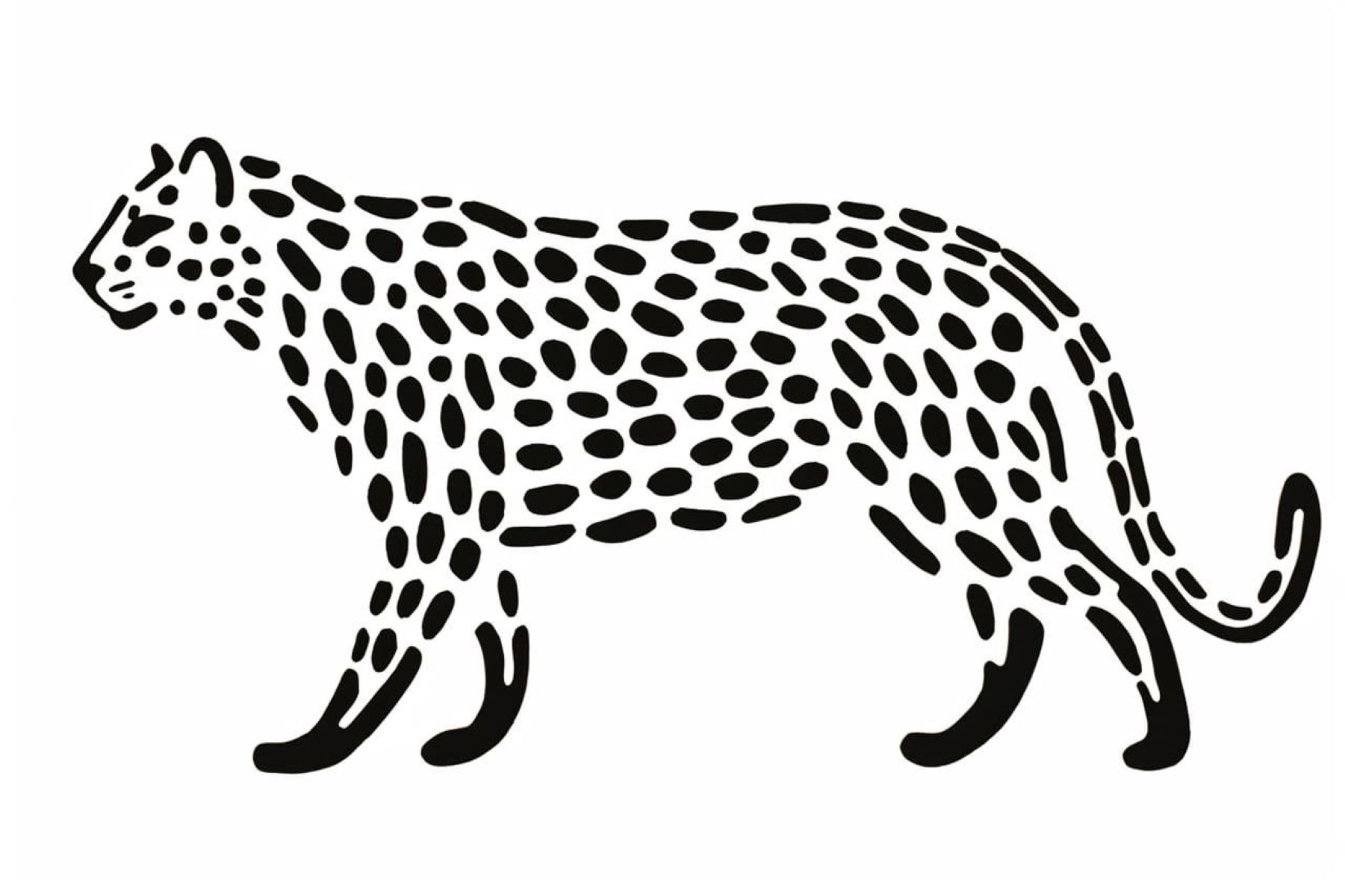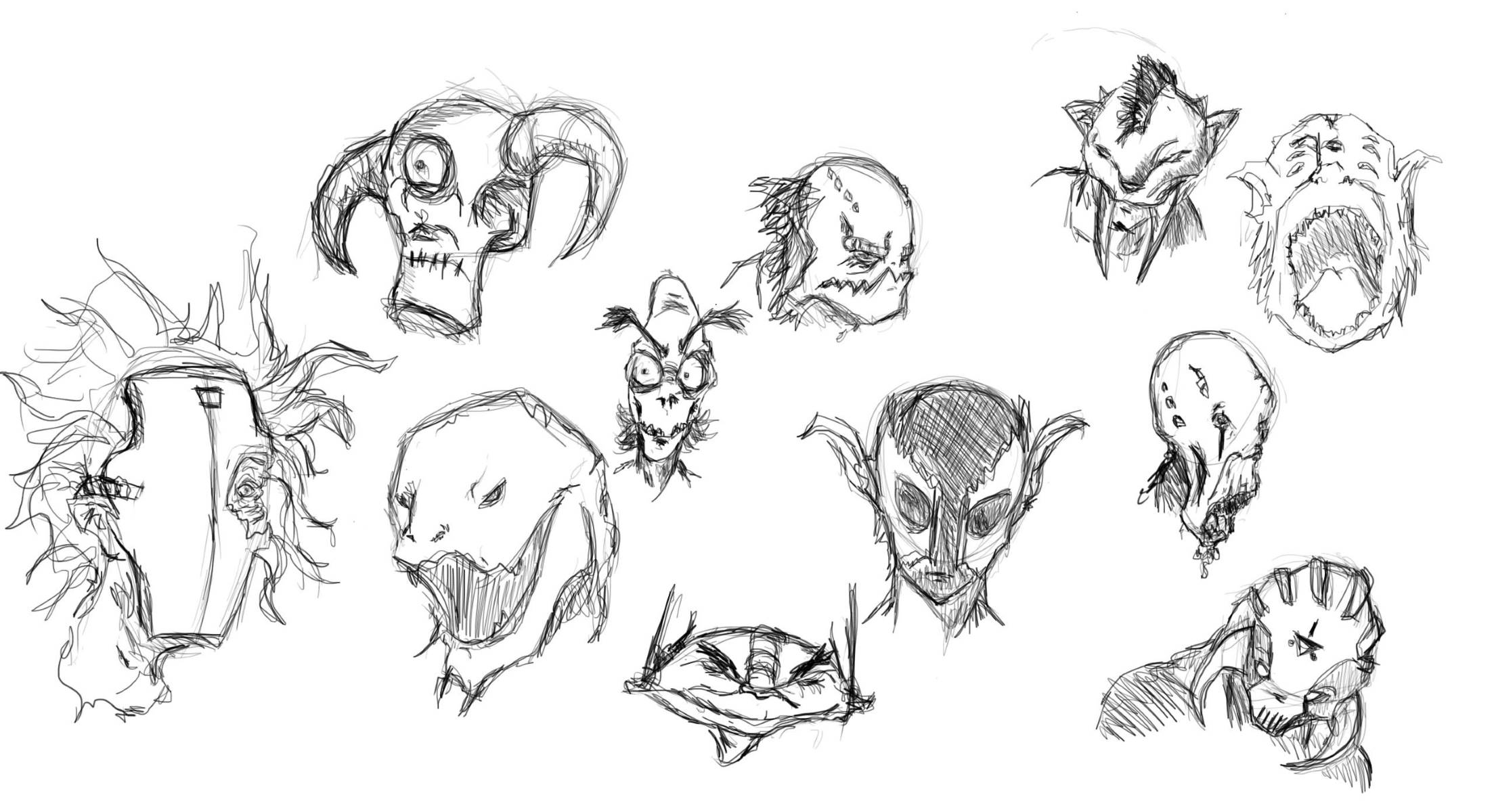Home>Arts and Culture>How To Draw Grass
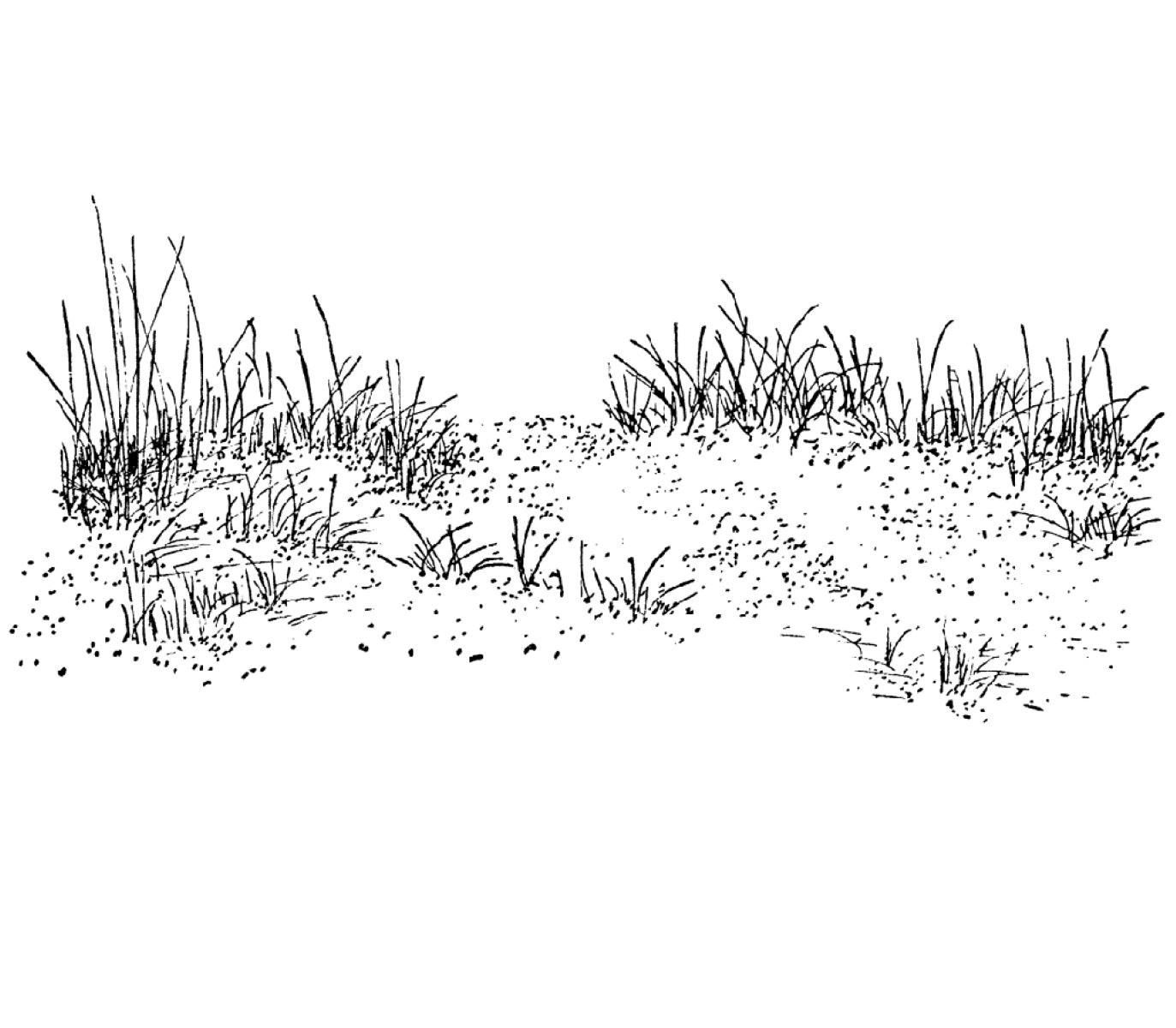

Arts and Culture
How To Draw Grass
Modified: March 13, 2024
Learn how to draw realistic grass in this step-by-step tutorial. Enhance your arts and culture skills with our easy-to-follow guide. Start creating stunning landscapes today!
(Many of the links in this article redirect to a specific reviewed product. Your purchase of these products through affiliate links helps to generate commission for Regretless.com, at no extra cost. Learn more)
Table of Contents
Introduction
Drawing grass can add depth and realism to your artwork, whether you're creating a landscape, a nature scene, or a simple sketch. The delicate, swaying blades of grass can evoke a sense of tranquility and natural beauty, making them a popular subject for artists across various mediums.
Capturing the essence of grass on paper or canvas requires a keen eye for detail and a thoughtful approach to texture and shading. By mastering the art of drawing grass, you can elevate the visual impact of your artwork and bring the natural world to life with your own unique style.
In this comprehensive guide, we will explore the step-by-step process of drawing grass, from sketching the ground to adding intricate details and realistic textures. Whether you're a seasoned artist looking to refine your techniques or a beginner eager to delve into the world of nature-inspired art, this tutorial will provide you with the insights and skills needed to create stunning depictions of grass in your drawings and paintings.
Through this journey, you will learn how to use simple yet effective techniques to convey the organic flow and individuality of each blade of grass. By understanding the interplay of light and shadow, as well as the subtle nuances of form and movement, you will be able to infuse your artwork with a sense of depth and vitality.
So, grab your drawing materials and let's embark on a creative exploration of the enchanting world of grass. With patience, practice, and a touch of artistic intuition, you'll soon be able to breathe life into your compositions with the timeless allure of gracefully swaying grass.
Read more: How To Draw A Dress
Materials Needed
To embark on the journey of drawing grass, you'll need a few essential materials to bring your artistic vision to life. Whether you prefer the precision of pencils or the vibrant hues of pastels, the right tools can make all the difference in capturing the intricate beauty of grass in your artwork.
Here's a list of materials to have on hand as you delve into the art of drawing grass:
-
Drawing Paper or Sketchbook: A high-quality drawing paper or sketchbook provides a sturdy and reliable surface for your artistic endeavors. Opt for a paper weight that suits your preferred drawing medium, whether it's pencil, charcoal, or pastels.
-
Drawing Pencils: A set of drawing pencils in varying degrees of hardness, such as 2H, HB, and 2B, will allow you to achieve a range of line weights and shading effects. These versatile tools are essential for sketching the initial outlines and details of the grass.
-
Eraser: A soft, kneaded eraser or precision eraser is indispensable for correcting mistakes and refining the finer details of your grassy landscape. Look for an eraser that won't smudge or damage your drawing paper.
-
Blending Stump or Tortillon: If you're working with graphite or charcoal, a blending stump or tortillon can help you achieve smooth, seamless transitions between light and shadow, adding a sense of depth and realism to your grassy composition.
-
Colored Pencils or Pastels (Optional): For artists who wish to infuse their grass drawings with vibrant color, a set of colored pencils or pastels can be used to add a touch of natural beauty to the scene. These versatile mediums allow for the creation of rich, expressive grassy landscapes.
-
Reference Images: While not a physical tool, reference images of grass and natural landscapes can serve as invaluable sources of inspiration and guidance. Whether you're drawing from real-life observation or referencing photographs, having visual references can enhance the authenticity and accuracy of your grass drawings.
By gathering these materials, you'll be well-equipped to embark on your artistic exploration of drawing grass. With the right tools at your disposal, you can unleash your creativity and immerse yourself in the captivating process of bringing the intricate textures and organic forms of grass to life on paper or canvas.
Step 1: Sketching the Ground
Before delving into the intricate details of drawing individual blades of grass, it's essential to establish a solid foundation by sketching the ground or surface on which the grass will grow. This foundational step sets the stage for the organic flow and spatial arrangement of the grassy landscape, providing a framework for the composition as a whole.
Begin by envisioning the terrain on which the grass will be depicted. Whether it's a rolling meadow, a tranquil riverbank, or a rugged mountainside, consider the natural contours and features of the landscape. With a light pencil, sketch the basic outline of the ground, paying attention to the overall shape and any prominent features that will influence the distribution of grass.
Next, consider the perspective and depth of the scene. If you're aiming for a sense of vastness and distance, incorporate elements such as hills, valleys, or distant horizons into your ground sketch. By establishing a sense of perspective, you can create a compelling backdrop for the lush expanse of grass that will unfold within the scene.
As you sketch the ground, keep in mind the potential focal points or areas of interest within the composition. Whether it's a tranquil pond nestled amidst the grass or a winding path cutting through the verdant landscape, the ground sketch serves as a guide for positioning these focal elements within the scene.
Incorporate subtle variations in the terrain to add visual interest and naturalism to the ground. Consider the gentle undulations of a meadow, the rocky outcrops of a rugged terrain, or the soft curves of a riverbank. These nuanced details will contribute to the overall realism and immersive quality of the grassy landscape.
Throughout the sketching process, maintain a light touch with your pencil, allowing for flexibility and refinement as the composition takes shape. Remember that the ground sketch serves as the underlying framework for the entire scene, providing a cohesive context for the graceful emergence of the grassy elements.
By dedicating attention to the initial sketch of the ground, you lay the groundwork for a compelling and harmonious portrayal of grass within its natural environment. With the foundation in place, you are poised to embark on the next phase of drawing the intricate blades of grass that will breathe life into your artistic creation.
Step 2: Drawing the Blades of Grass
With the groundwork laid in the initial sketch of the ground, it's time to focus on the intricate process of drawing the individual blades of grass. This step invites you to channel your attention to the delicate forms and organic movements that define the essence of grass within the natural landscape. By employing thoughtful techniques and a keen eye for detail, you can infuse your artwork with the captivating allure of swaying grass.
Begin by visualizing the natural rhythm and flow of grass within the scene. Whether it's a gentle meadow swaying in the breeze or a cluster of wild grasses adorning a riverbank, consider the organic gestures and patterns that define the growth of grass. With a light pencil, sketch the basic outlines of the grass blades, paying attention to their lengths, angles, and spatial distribution. Embrace the inherent diversity and asymmetry of grass, allowing each blade to exude its unique character and charm.
As you sketch the blades of grass, vary the lengths and angles to create a sense of natural spontaneity and movement. Avoid rigid uniformity, and instead, embrace the organic irregularities that define the graceful dance of grass within the landscape. Consider the interplay of light and shadow as it caresses the individual blades, shaping their forms and imbuing them with a sense of depth and dimension.
Employ hatching and cross-hatching techniques to convey the textural quality of the grass blades. By layering delicate lines and strokes, you can evoke the fine, feathery nature of grass, capturing its ethereal beauty with precision and finesse. Pay attention to the direction of your hatch marks, allowing them to follow the natural contours and movements of the grass, enhancing the visual impact of your drawing.
Consider the spatial relationships between the blades of grass, creating a sense of depth and perspective within the composition. Allow some blades to overlap or recede into the background, while others take center stage, basking in the gentle embrace of light and shadow. By orchestrating the spatial arrangement of the grass, you can infuse your artwork with a sense of depth and dynamism, inviting the viewer to immerse themselves in the lush, verdant world you've created.
Throughout this process, maintain a sense of fluidity and spontaneity, allowing your artistic intuition to guide the placement and movement of the grass blades. Embrace the subtle imperfections and nuances that define the organic beauty of grass, infusing your artwork with a sense of authenticity and naturalism.
As you immerse yourself in the intricate art of drawing grass, revel in the meditative rhythm of capturing each blade with care and precision. With each stroke of your pencil, breathe life into the graceful forms of grass, weaving a tapestry of natural beauty that will captivate and inspire all who behold it.
Step 3: Adding Detail and Texture
As you transition from sketching the foundational elements to refining the intricate details of your grassy landscape, the pivotal step of adding detail and texture emerges as a transformative phase in the artistic process. This stage invites you to infuse your artwork with a rich tapestry of visual nuances, elevating the realism and immersive quality of the grass while capturing the essence of its organic beauty.
Begin by focusing on the individual characteristics of the grass blades, embracing their diverse textures and subtle variations. With a keen eye for detail, refine the contours of each blade, accentuating their unique shapes and edges. Consider the serrated edges of certain grass species or the slender, tapering forms of others, allowing your pencil to convey the distinct personality of each blade.
Employ subtle shading techniques to imbue the grass with a sense of depth and dimension. By delicately layering shadows and highlights, you can evoke the interplay of light and shadow as it dances across the grassy expanse. Consider the direction of light within your composition, allowing it to shape the contours of the grass and infuse the scene with a luminous, natural glow.
Explore the intricate textures that define the surface of the grass, from the fine, feathery wisps to the slightly coarse and rugged qualities of certain species. With a meticulous hand, convey the tactile richness of the grass, inviting the viewer to imagine the gentle rustle of the blades and the soft, undulating movements they impart to the landscape.
Consider the surrounding elements that complement the grass, such as wildflowers, small insects, or dew-kissed morning dew. By incorporating these subtle details, you can enrich the visual narrative of the scene, infusing it with a sense of vitality and natural harmony.
As you immerse yourself in the process of adding detail and texture, allow your artistic intuition to guide your hand, embracing the organic flow and spontaneity that define the natural world. With each stroke of your pencil, breathe life into the grass, capturing its timeless allure and inviting the viewer to embark on a sensory journey through the enchanting landscape you've created.
In this phase, patience and precision are your allies, allowing you to craft a rich and evocative portrayal of grass that resonates with authenticity and visual splendor. By infusing your artwork with intricate detail and texture, you can elevate the grass from a mere visual element to a captivating focal point that anchors the entire composition in natural beauty.
Read more: How To Draw Characters
Step 4: Adding Shadows and Highlights
As you venture into the final phase of rendering your grassy landscape, the artful integration of shadows and highlights emerges as a transformative step in enhancing the depth, realism, and visual impact of your artwork. By skillfully manipulating light and shadow, you can imbue the grass with a sense of dimension, luminosity, and dynamic vitality, elevating it from a mere visual element to a captivating focal point within the composition.
Begin by observing the play of light within your envisioned scene, envisioning the source of illumination and its interaction with the grass. Whether it's the warm, golden rays of a setting sun or the soft, diffused light of a tranquil morning, consider how light cascades across the landscape, casting intricate patterns of shadow and illumination. With a discerning eye, identify the areas where light strikes the grass most prominently and where shadows gather, shaping the contours and forms of the individual blades.
Employ subtle shading techniques to delineate the interplay of light and shadow, allowing your pencil to delicately articulate the nuanced transitions between brightness and shadow. Consider the direction and intensity of light, using varying pressure and stroke techniques to convey the subtle gradations of illumination and shadow across the grassy expanse. By infusing the grass with a sense of luminosity and depth, you can evoke the ethereal beauty of natural light as it breathes life into the scene.
Explore the strategic placement of highlights to accentuate the most illuminated areas of the grass, infusing them with a radiant, almost luminous quality. With a deft touch, allow your pencil to evoke the glistening dewdrops that adorn the tips of the grass or the gentle glimmers of light that dance across the verdant blades. By strategically integrating highlights, you can evoke a sense of vibrancy and vitality within the grass, inviting the viewer to revel in its radiant allure.
As you meticulously craft the shadows and highlights, consider the overall composition and the role of light in guiding the viewer's gaze. Embrace the interplay of light and shadow as a narrative element, shaping the mood and atmosphere of the scene while drawing attention to the captivating textures and forms of the grass. With each carefully placed shadow and highlight, breathe life into the grass, infusing it with a timeless allure that captivates the senses and invites contemplation.
In this phase, precision and artful subtlety are your allies, allowing you to orchestrate the dance of light and shadow with finesse and mastery. By infusing your grassy landscape with the evocative interplay of shadows and highlights, you can elevate it to a realm of visual splendor, where the timeless beauty of nature unfolds in a mesmerizing tapestry of light and shade.
Conclusion
In the realm of artistic expression, the process of drawing grass transcends the mere depiction of a natural element; it becomes a profound exploration of the intricate beauty and timeless allure of the natural world. As we conclude this creative journey through the art of drawing grass, it's essential to reflect on the transformative power of this process and the profound impact it can have on the visual narrative of an artwork.
Drawing grass is not merely a technical exercise; it is a meditative and immersive experience that invites artists to connect with the organic rhythms and subtle nuances of the natural landscape. Through the delicate strokes of a pencil or the vibrant hues of pastels, artists can breathe life into the graceful forms of grass, infusing their compositions with a sense of tranquility, vitality, and natural harmony.
In the act of sketching the ground, we lay the foundation for a captivating portrayal of grass, establishing the spatial context and visual framework that will guide the composition. This initial step sets the stage for the emergence of a lush and verdant landscape, inviting us to envision the gentle undulations and natural contours that define the terrain.
As we delve into the intricate process of drawing the individual blades of grass, we embrace the organic flow and spontaneous beauty of nature. Each delicate stroke of the pencil becomes a testament to the graceful dance of grass, capturing its unique gestures and textures with precision and finesse. Through thoughtful techniques and a keen eye for detail, we breathe life into the grass, infusing it with a sense of depth and vitality that resonates with authenticity and naturalism.
The addition of detail and texture elevates the grass from a mere visual element to a captivating focal point within the composition. With meticulous attention to the diverse textures and subtle variations of the grass, we enrich the visual narrative, inviting the viewer to immerse themselves in the tactile richness and organic beauty of the natural world.
Finally, the artful integration of shadows and highlights infuses the grass with a sense of dimension, luminosity, and dynamic vitality. Through the strategic manipulation of light and shadow, we evoke the timeless allure of natural light as it breathes life into the scene, shaping the mood and atmosphere of the composition with artful subtlety and finesse.
As we conclude this creative exploration, we are reminded of the transformative power of drawing grass, transcending the confines of the page to evoke a sensory journey through the enchanting world of nature. With each stroke of the pencil, we celebrate the timeless beauty of grass, weaving a tapestry of natural splendor that captivates the senses and invites contemplation. In the art of drawing grass, we discover not only the technical skills of an artist but also the profound ability to evoke the essence of the natural world with grace, authenticity, and boundless creativity.
